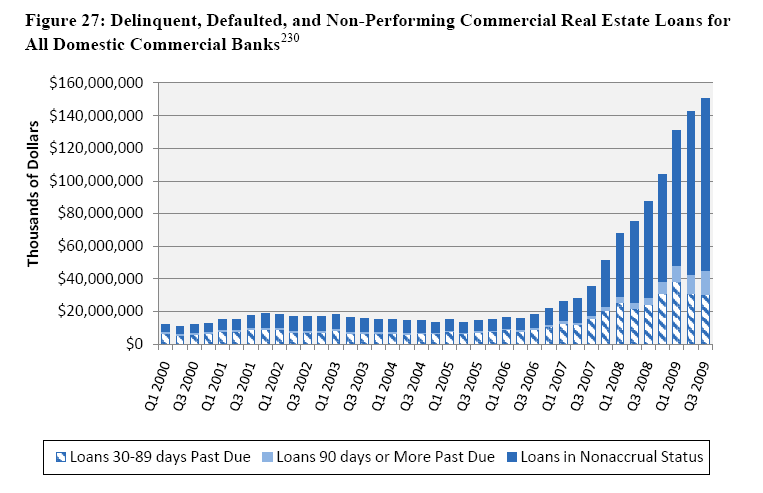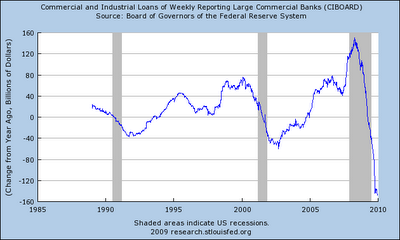By Keith Johnson
Oooh snap! Looks like we’ve been right all along. All the big K Street money pumped into the House and Senate has been overwhelmingly one-sided in favor of Obama’s horrendous new healthcare legislation. Go figure. According to a study released over the weekend by “The Center for Public Policy”, a non-partisan public interest think tank in Washington D.C., it is estimated that a record $120 million was spent lobbying for health reform. In addition to direct lobbying, some of the top firms also rewarded members of Congress with campaign contributions through political action committees and individual lobbyist donations. The largest of these firms, Patton Boggs LLP, contributed more than $55,000 almost exclusively to Democrats.
Patton Boggs represents Bristol-Myers Squibb, one of the largest pharmaceutical companies in the nation and the eighth largest corporation in the United States. On January 21, 2010, Patton Boggs was one of several big name health insurance, pharmaceutical and hospital lobbying organizations whose top executives got together to throw a fundraiser for Massachusetts Senatorial candidate Martha Coakley in hopes of landing her the Democratic seat and the crucial 60th vote needed to pass the healthcare takeover bill. The other top firms that participated (along with a list of the companies they represent) are as follows:
Capitol Hill Strategies:
Amgen—the nation’s largest biotechnology firm
BIO—a muli million dollar biotechnology firm
Merck—the largest pharmaceutical company in the world
Pharmaceutical Researchers and Manufacturers of America–
a trade group representing pharmaceutical and biotechnology companies
Grover Park Group:
Blue Cross—a federation of 39 health insurance organizations
Pfizer—a pharmaceutical company, ranking number one in sales in the world
Duberstein Group:
Novartis—a pharmaceutical company ranking number one in revenues and three in sales
Sanofi-Aventis—a pharmacuetical company that ranks number four in sales worldwide
Mehlman, Vogel, Castagnetti:
Humana—the fourth largest health insurance company in the United States
Abbott Laboratories—a multi billion dollar pharmaceuticals healthcare company
General Electric—multi billion dollar corporation dealing in many health related sectors
Elmendorf strategies:
UnitedHealth Group—the nations largest insurance company
Heather Podesta & Partners:
Cigna—the nation’s fifth largest health insurance company
Eli Lilly—a multi billion dollar pharmacuetical company that ranks tenth in sales
Of the over 17,000 lobbyists in Washington D.C., The Center for Public Integrity ranks Patton Boggs as numero uno. In terms of healthcare reform, they are followed by Alston and Bird, who represent Aetna, the nation’s third largest health insurer. Coming in at number three is Foley Hoag, who also represent Pfizer as well as Eli Lilly, Amgen and Merck. Tied for fourth place are Podesta Group and Capitol partners. Dutko Worldwide rounds out the top five and they also lobbied for UnitedHealth, PhRMA, and medical device firm Medtronic Inc.
Of those lobbying firms’ big name clients, Pharmaceutical Researchers and Manufacturers of America alone spent $26.1 million lobbying for Obamacare in 2009, making it the single most expensive lobbying effort in history. During the week leading up to the vote on the legislation, PhRMA launched a multi million dollar ad blitz in 43 districts of potential swing Democrats to help secure passage. And in this election cycle, PhRMA has contributed $30,300 to Dem’s compared to $13,000 to Repub’s. Overall, PhRMA has spent well over $100 million on ad campaigns promoting health care reform legistlation. According to his wikipedia bio, PhRMA’s outgoing CEO Billy Tauzin ”was a key player in 2009 healthcare reform negotiations that produced pharmaceutical industry support for White House and Senate efforts. Reportedly, proposals for Medicare Part D cost reductions and permitting drug importation from Canada were dropped in favor of $80 billion in other savings.” That’s right, he helped write the stinking bill.
The largest health insurance providers in the nation are UnitedHealth Group, WellPoint, Aetna, Humana and Cigna. Ever since the healthcare debate began over a year ago, shares of Cigna, UnitedHealth Group and WellPoint have been up an average of 120%.
Upon passage of the bill, health insurer’s stocks soared with Aetna hitting a 52 week high. The share price of Cigna surged 375% compared to 46% for the stock market overall (as measured by the S&P 500) since November 2008.
It should be noted that Aetna has been a major supporter and campaign contributor to the campaigns of Max Baucus (D-MT) of the Senate Finance Committee who received $56,250 in donations and Senator Joe Lieberman (I-CT) who received $110,000. Todd M. Schoenberger, Managing Editor of “Taipan’s Tipping Point Alert” wrote recently that “One day following a vote in favor of healthcare reform legislation, stocks turned higher led by the healthcare sector. Despite the concern of many Wall Street analysts, any negative sentiment surrounding the healthcare sector about higher taxes and pressure on bottom lines quickly subsided as everything from managed care to medical device stocks traded higher with heavy volume.”
Hospital shares also surged. The day after the House of passed the bill, shares of Health Management Associates, Tenet Healthcare and Community Health Systems all jumped 11%, 9%, and 6% respectively.
It should be clear by now that the major players in the healthcare industry overwhelmingly lobbied in support of Obamacare and have and will continue to reap vast rewards.
So then you may ask who exactly is this great villain the Democrats have dubbed as the evil “health insurance industry”? The name that consistently comes up is America’s Health Insurance Plans (AHIP). According to wikipedia, “America’s Health Insurance Plans (AHIP) is a national political advocacy and trade association with about 1,300 member companies that sell health insurance coverage to more than 200 million Americans and is thereby funded by the premiums they pay.”
But AHIP not only represents the top health insurance companies in the nation, it also represents the smaller companies that will no doubt be thrown under the bus or absorbed by larger concerns. So it makes sense why they were chosen to act as the controlled opposition. They were the ones often cited as the big bad insurance industry that Nancy Pelosi referred to in response to a heckler at a Democratic rally who yelled “You’ll burn in Hell for this.” AHIP President Karen M. Ignagni often plays the villain as she did on the Oprah Winfrey show opposite Sicko Director Michael Moore.
But this two-faced organization showed their true colors a long time ago. Miami Herald journalist John Dorschner reminds us in a March 23rd article that “In November 2008, just days after Obama’s landslide victory, America’s Health Insurance Plans, a trade group, made a stunning announcement, saying it favored universal coverage and supported a law that would stop insurers from rejecting applicants because of preexisting conditions. “Universal coverage is within reach,” the group said in a historic press release. After being adamantly opposed to reform during the Clinton years, AHIP said it had changed its mind — based on one condition: Any reform plan had to require that all individuals have insurance or pay stiff penalties.”
And just recently, AHIP has come out in full support of Obamacare. According to a TIME Magazine article: America’s Health Insurance Plans (AHIP), the industry trade group, has agreed to sign on to a new, 50-state health care reform implementation effort, provisionally called Enroll America, which is being organized by Ron Pollack of the pro-reform group Families USA. “We are participating in it,” says AHIP spokesman Robert Zirkelbach. “The goal is to get everyone covered.”
On the night the House passed the dreaded Obamacare legislation, Obama stated, “Tonight, we pushed back on the undue influence of special interests. … We proved that this government — a government of the people and by the people — still works for the people.” Sure—Here’s a guy who received more then three times the campaign contributions from the pharmaceutical industry than John McCain or $3.58 for every$1 received by his Republican competitor. And those stats come straight out of the Center for Responsive Politics, a Washington-based research group.
Yeah, Obama can come up with some eloquent words, but as we’ve pointed out, this is nothing but a windfall for the big insurance companies, the pharmaceutical industry and device manufacturers. It’s an outright raping of the American people by a government of the special interests and by the special interests.
http://republicbroadcasting.org/?p=7709
------------
Keep calling it a conspiracy theory America...
“Communism, or more accurately, socialism, is not a movement
of the downtrodden masses, but of the economic elite, because
communism, is about monopoly capitalism.”
-- Gary Allen, "None Dare Call It Conspiracy"

It's only 93 pages, you can read it in a single sitting,
and you can read it and download it for free at this link:
If you haven't read it, do so tonight.
http://www.scribd.com/doc/2297676/conspiracy-Gary-Allen-None-Dare-Call-it-Conspiracy-english-rarereactor






















































